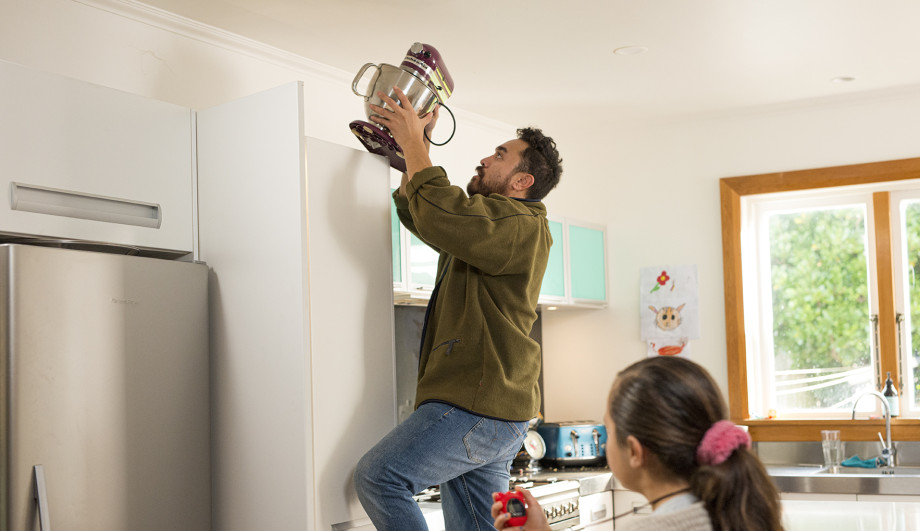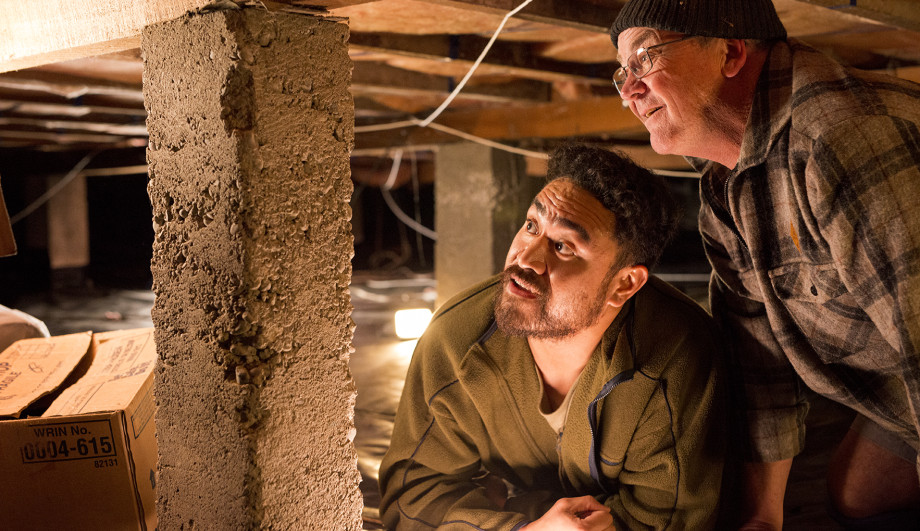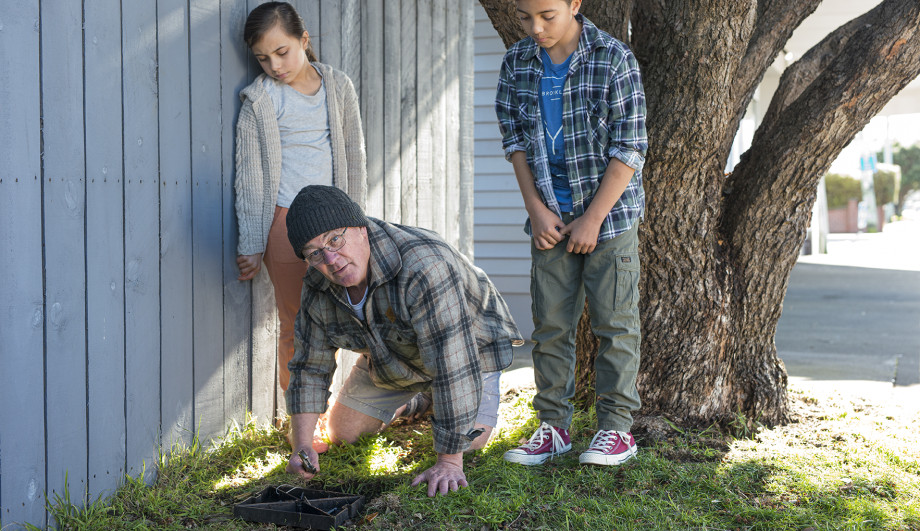Tick off six quake safe steps
We all need to take steps that will make our homes safer and stronger for damaging earthquakes. Below are six important steps you can take to prepare your home and protect your whānau.
- Secure tall and heavy furniture and appliances
- Move heavy items to a safer spot lower down
- Check your chimney for signs of wear and tear, or damage
- Check your home's foundations have connections in place
- Find out where to turn off your gas and water mains
- Get to know your natural hazards insurance cover
1. Secure tall and heavy furniture and appliances
Tall and heavy furniture and appliances can move a lot during earthquake shaking and cause damage or injury when they topple over. The good news is making these items safer is pretty straightforward.
Look around your home for items such as bookcases, cabinets, tallboys, TVs and hot water cylinders. These can all be made safer through the use of brackets or specialist restraints.
If you’re renting, your landlord should allow you to secure tall and heavy items to make them safer. Just make sure you discuss it with them first.
2. Move heavy items to a safer spot lower down
Sometimes preparing for a big earthquake can feel like a major, but there are lots of quick and easy steps that will make our homes safer.
One simple action is to move big and heavy objects from high storage locations, to cupboards or shelves that are lower down. Having these items low means that they can't fall onto you or a loved one during a quake, which could result in a serious injury.

3. Check your chimney for signs of wear and tear, or damage
Look up at your roof. Is there a brick or concrete chimney that extends above the roofline? Thousands of these types of chimneys have collapsed in previous earthquakes, causing serious damage to homes and injuries to people.
Brick and concrete chimneys without reinforcement are the greatest risk. It can be difficult to tell by your chimney’s exterior if it’s reinforced, but if your home was built before the 1970s, it’s probably not.
No matter its age or type, if your chimney is already showing signs of wear and tear, or damage, it could need immediate attention. Look for: cracks, loose or broken bricks, loose masonry or plaster, and leaning or twisting.
If your chimney has any of these issues then contact a licensed building practitioner for advice.
4. Check your home's foundations have connections in place
Many New Zealand homes have suspended timber floor foundations, which have a crawl space (called a sub-floor) beneath the house. In homes with this type of foundation it’s important that foundations are well connected to the house above as this will help minimise movement and damage in an earthquake.
Connections may not be present, or they could be in poor condition (loose, rusted or broken). You can also make checks of your home's piles to make sure they're in good condition too.
If you think there might be any issues, it's probably best to contact a licensed building practitioner for advice.

5. Find out where to turn off your gas and water mains
After a decent quake you may need to turn off the gas and water supplies to your home – and quickly.
Make sure you know where your emergency cut-off switches and taps for gas and water are. You can place a tag on shut-off valves to make them easier to identify.
Only turn off gas mains if you suspect a leak, or if you are instructed to do so by authorities. If you turn mains gas off, you will need a professional to turn it back on.

6. Get to know your natural hazards insurance cover
If you have a home insurance policy, then you automatically have access to our natural hazards insurance cover - NHCover. NHCover is there to help with a financial contribution for damage to homes and land, but there are limits that mean NHCover may not cover all the damage. It is important to know what you are covered for, and where those limits are, so you can take practical steps to strengthen your property before disasters occur.
Find out about your natural hazards cover